 Essay Writing Web
Essay Writing Web

 14-09-2024
14-09-2024
 www.essaywritingweb.com
www.essaywritingweb.com
The lion, scientifically known as Panthera leo, is one of the most iconic and revered animals in the world. Known as the "King of the Jungle," lions symbolize strength, bravery, and leadership. Despite their popular title, lions do not live in jungles but are primarily found in the grasslands and savannahs of Africa, with a small population remaining in the Gir Forest of India. These majestic creatures, with their golden coats and impressive manes (in males), are distinguished by their regal appearance and powerful presence.
Lions are social animals and are unique among big cats for their complex social structure. They live in prides, which consist of related females, their offspring, and a few adult males. This social system not only helps them hunt more efficiently but also provides protection for the pride members, particularly the young cubs. Male lions are tasked with defending the territory and pride from other competing males, while females typically take on the responsibility of hunting and raising cubs.
Apart from their social significance, lions play an important role in maintaining the balance of the ecosystem by controlling herbivore populations. Their hunting practices target weak or sick animals, contributing to the health of prey populations. However, despite their powerful image, lions face a variety of threats, including habitat loss, human-wildlife conflict, and poaching.
Efforts to conserve lions have been increasing globally, with organizations and governments working to protect their habitats and reduce threats. As one of the most celebrated species, lions remain an enduring symbol of wild beauty and strength, inspiring awe and respect in cultures around the world. However, to preserve their legacy, it is essential to continue prioritizing conservation initiatives and protect them from extinction.
Lions hold a significant role in the animal kingdom, often referred to as apex predators due to their position at the top of the food chain. As dominant carnivores, lions help maintain ecological balance by controlling populations of herbivores like antelopes, zebras, and buffalo. This regulation prevents overgrazing, which ensures that vegetation and ecosystems remain sustainable. In this way, lions contribute indirectly to the health and diversity of habitats, influencing the survival of many other species.
Lions also play a vital role in natural selection by primarily preying on weaker, older, or sick animals. This natural hunting behavior strengthens the gene pool of prey species by allowing the fittest individuals to survive and reproduce. As ecosystem regulators, lions indirectly support biodiversity, making them critical to the environmental health of the regions where they reside.
Beyond their ecological significance, lions are symbolic creatures in human culture, often representing power, courage, and majesty. Their iconic status elevates them to the role of "flagship species" in conservation efforts, meaning that protecting lions can also lead to the protection of numerous other species in their habitats. Their presence underscores the interconnectedness of life within ecosystems, emphasizing their crucial role in the natural world.
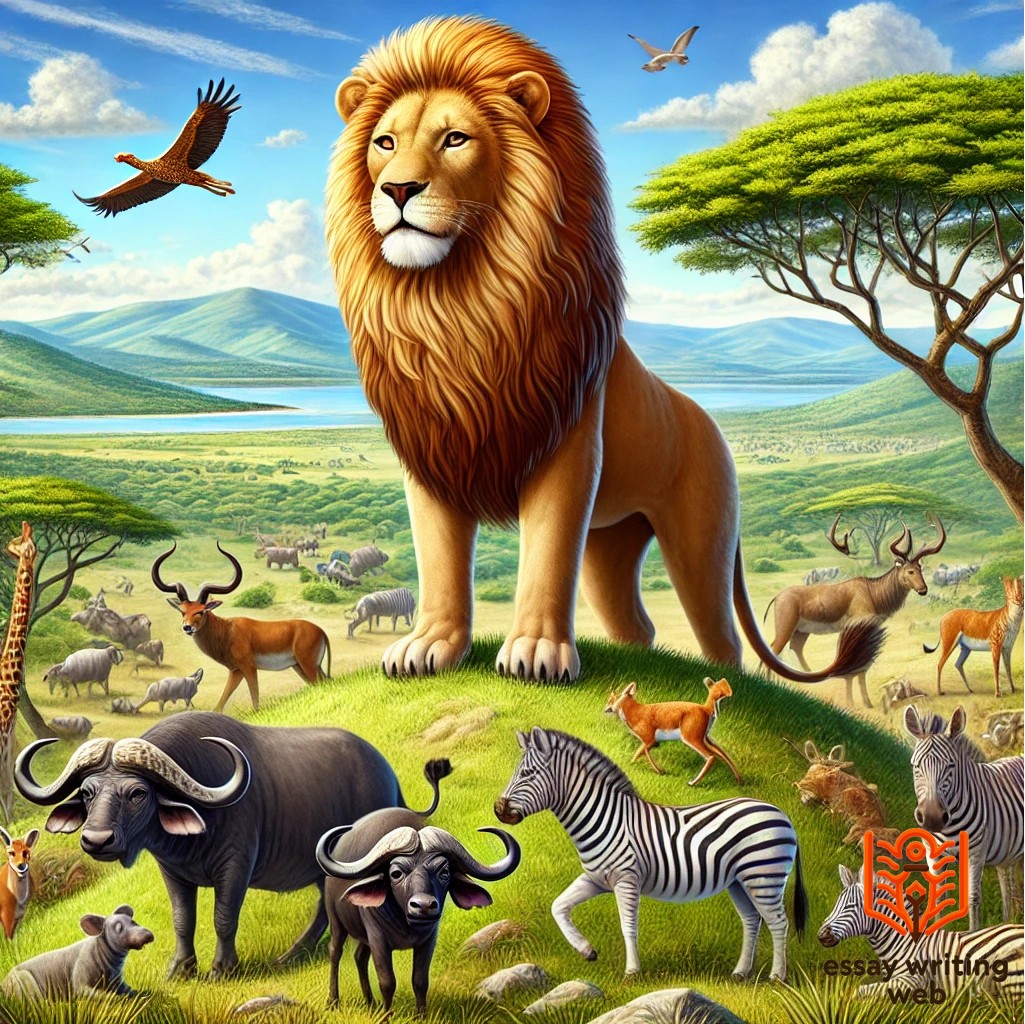
Lions, known for their majestic appearance, are among the largest and most powerful big cats in the world. Their physical traits make them highly effective predators and enable them to dominate the animal kingdom. Male lions are particularly recognizable due to their distinctive manes, which range from light brown to black and grow thicker and darker with age. The mane not only serves as a sign of maturity and strength but also provides protection during fights with rivals.
Lions have muscular, compact bodies built for strength and speed. Adult males typically weigh between 150 to 250 kilograms or 330 to 550 pounds, while females are smaller, weighing between 120 to 180 kilograms or 265 to 400 pounds. Both male and female lions have a sleek, tawny-colored coat that helps them blend into the grasslands and savannas, where they primarily reside.
Their powerful jaws and sharp, retractable claws are crucial tools for hunting and defending their territory. Lions have strong limbs, enabling them to leap great distances when chasing prey. Despite their heavy build, lions can sprint up to 50 miles per hour (80 kilometers per hour) over short distances, allowing them to catch fast-moving prey.
Another notable feature of lions is their eyes, which are adapted for hunting in low light. Their night vision is about six times more sensitive than that of humans, giving them a significant advantage during nocturnal hunts. Altogether, these physical characteristics make lions formidable predators and emphasize their strength and agility in the wild.
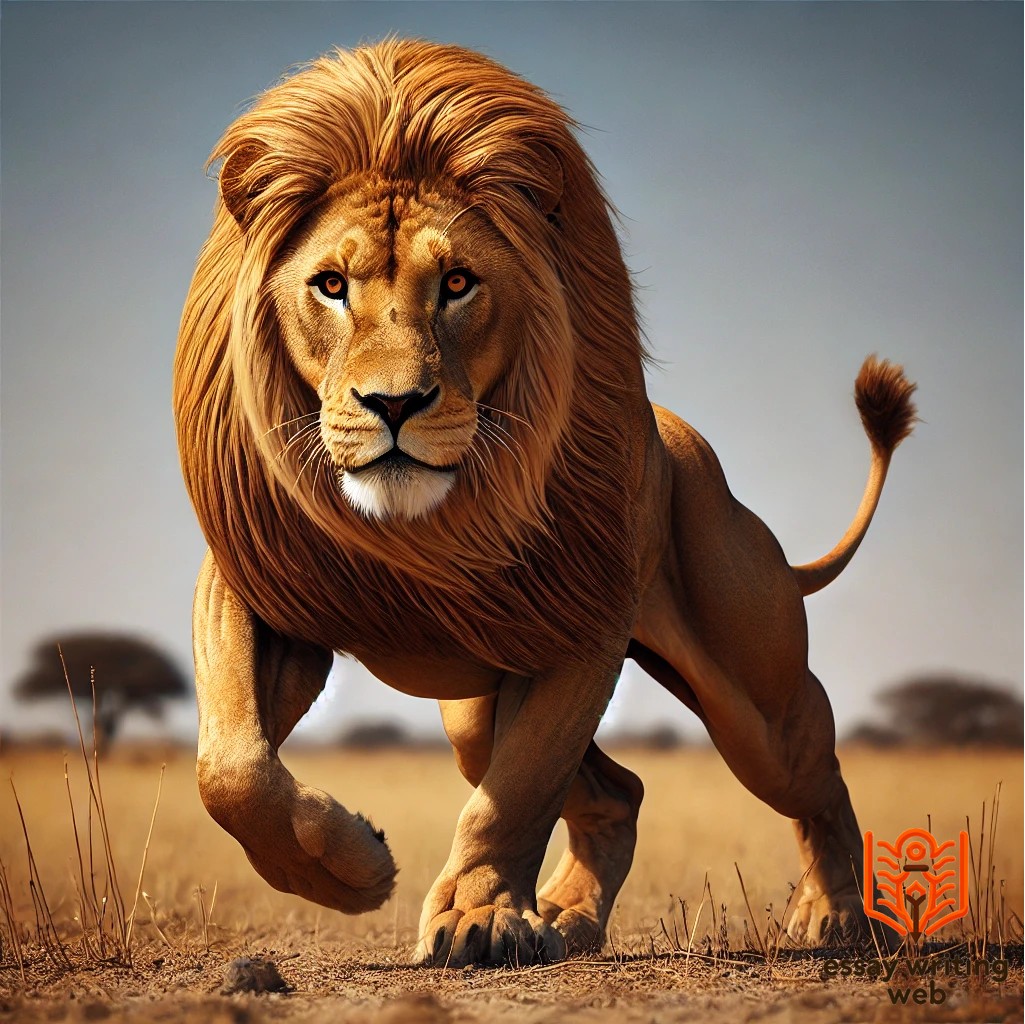
Male and female lions exhibit distinct differences, both in appearance and behavior, which contribute to their roles within a pride. One of the most recognizable differences is the presence of a mane in male lions. The mane, which surrounds the head and neck, varies in color from light brown to dark black and becomes fuller as the lion ages. This feature serves multiple purposes, including intimidating rivals and protecting the male during fights. Female lions, on the other hand, lack a mane and have a more streamlined appearance, which enhances their agility and speed during hunts.
In terms of size, male lions are generally larger and heavier than females. Adult males can weigh up to 250 kilograms, while females usually weigh around 180 kilograms. This size difference reflects their different roles within the pride. Males primarily protect the pride from intruders and defend territory, while females are the primary hunters, responsible for providing food for the group.
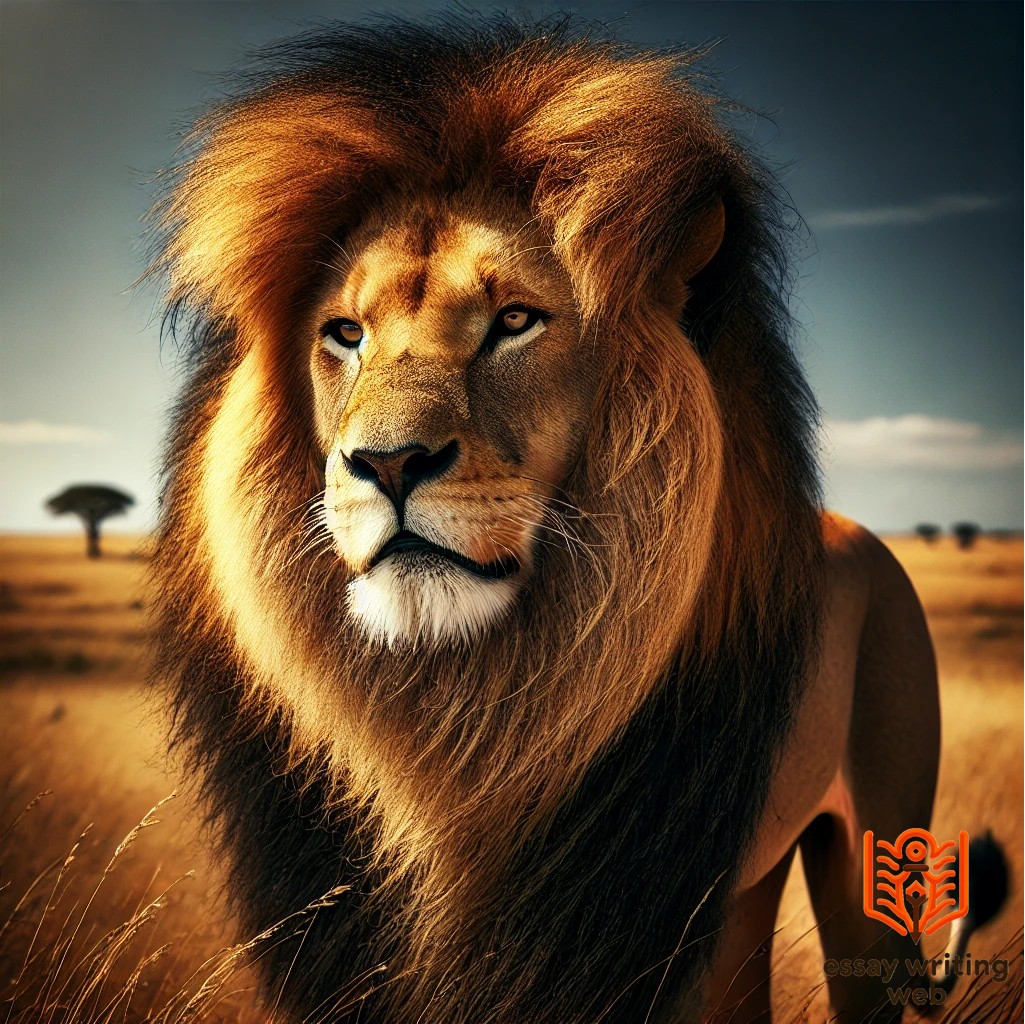
Behaviorally, females lions are more social and cooperative, working together to raise cubs and hunt in coordinated groups. Males tend to be more solitary or focused on protecting the pride. These physical and behavioral distinctions highlight the unique roles that male and female lions play in maintaining the structure and survival of the pride.
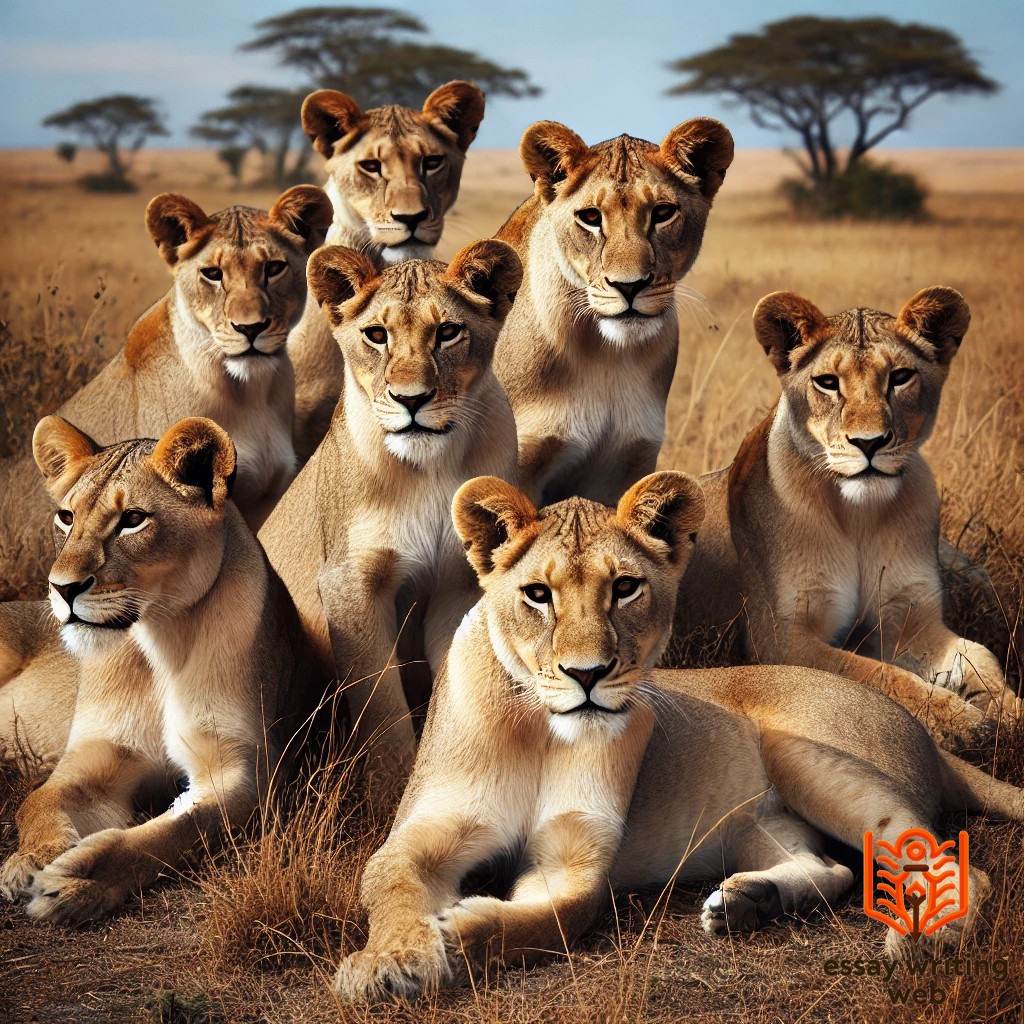
Lions primarily inhabit grasslands, savannahs, and open woodlands, where their physical abilities and social behaviors are well-suited for survival. These habitats offer a mix of open spaces for hunting and scattered vegetation for cover. Most lions are found in sub-Saharan Africa, where vast expanses of savannah provide the ideal environment for their hunting practices and social structure. However, a small population of Asiatic lions survives in the Gir Forest of India, making it the only place outside Africa where lions exist in the wild.
The open landscapes of Africa, with their abundance of herbivores like zebras, antelopes, and buffalo, provide lions with a consistent food supply. These ecosystems also offer natural water sources, such as rivers and lakes, which are essential for both the lions and their prey. Trees and shrubs in these environments give lions shaded resting places during the heat of the day, as they are most active at dawn and dusk.
Lions thrive in these semi-arid and tropical climates, where their tawny coats blend into the landscape, providing camouflage for hunting. However, habitat loss due to human encroachment and climate change poses a serious threat to lions' survival, making habitat conservation crucial for their continued existence.
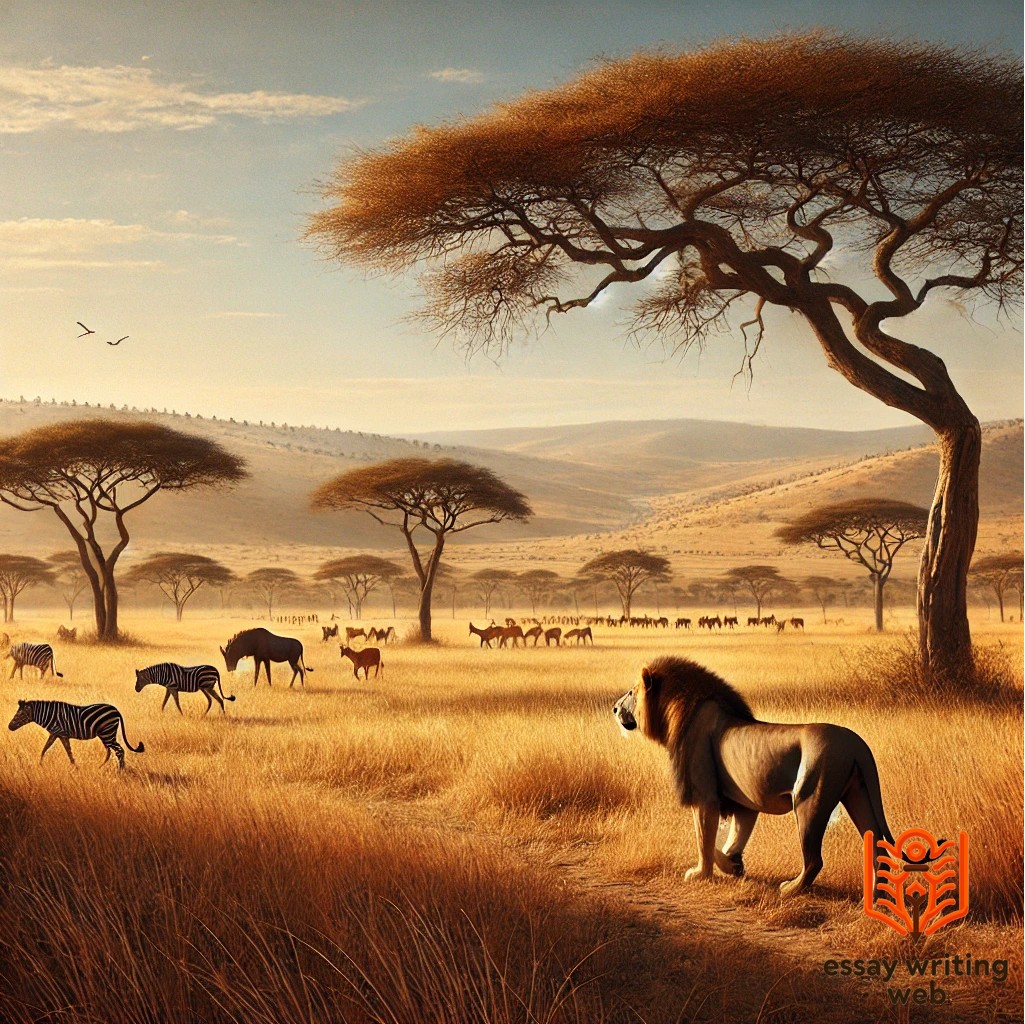
Lions are carnivorous predators that rely heavily on hunting to sustain themselves and their prides. Their diet primarily consists of large herbivores such as zebras, wildebeests, buffalo, and antelopes. Lions are opportunistic hunters, meaning they will also scavenge or steal food from other predators, such as hyenas and leopards, when the opportunity arises. Although they can hunt alone, lions are more successful when hunting in groups, particularly the females, who take the lead in hunting activities.
Lions are known for their coordinated hunting strategies. Lionesses often work together to stalk and ambush their prey, using the cover of tall grass to approach unnoticed. Once close enough, they sprint toward the target, using their strength and speed to knock it down. After a successful kill, the males typically eat first, followed by the females and cubs.
Lions hunt primarily at night or during the early morning hours when the temperatures are cooler, allowing them to conserve energy. Their excellent night vision and powerful sense of smell make them formidable nocturnal hunters. Despite their strength and coordination, hunting is not always successful, and lions must often attempt multiple hunts before securing a meal. Their role as top predators helps maintain ecological balance by controlling herbivore populations.

Lions, belonging to the species Panthera leo, are broadly classified into several subspecies based on their geographical location and genetic differences. Although all lions share similar characteristics, there are notable distinctions between the different types, which have adapted to their specific environments.
The African lion is the most well-known and widely distributed subspecies, found in various parts of sub-Saharan Africa. These lions are characterized by their tawny coats and, in males, impressive manes that range from golden to dark brown. African lions live in prides and inhabit grasslands, savannahs, and open woodlands. They are apex predators, playing a crucial role in maintaining the balance of their ecosystems.
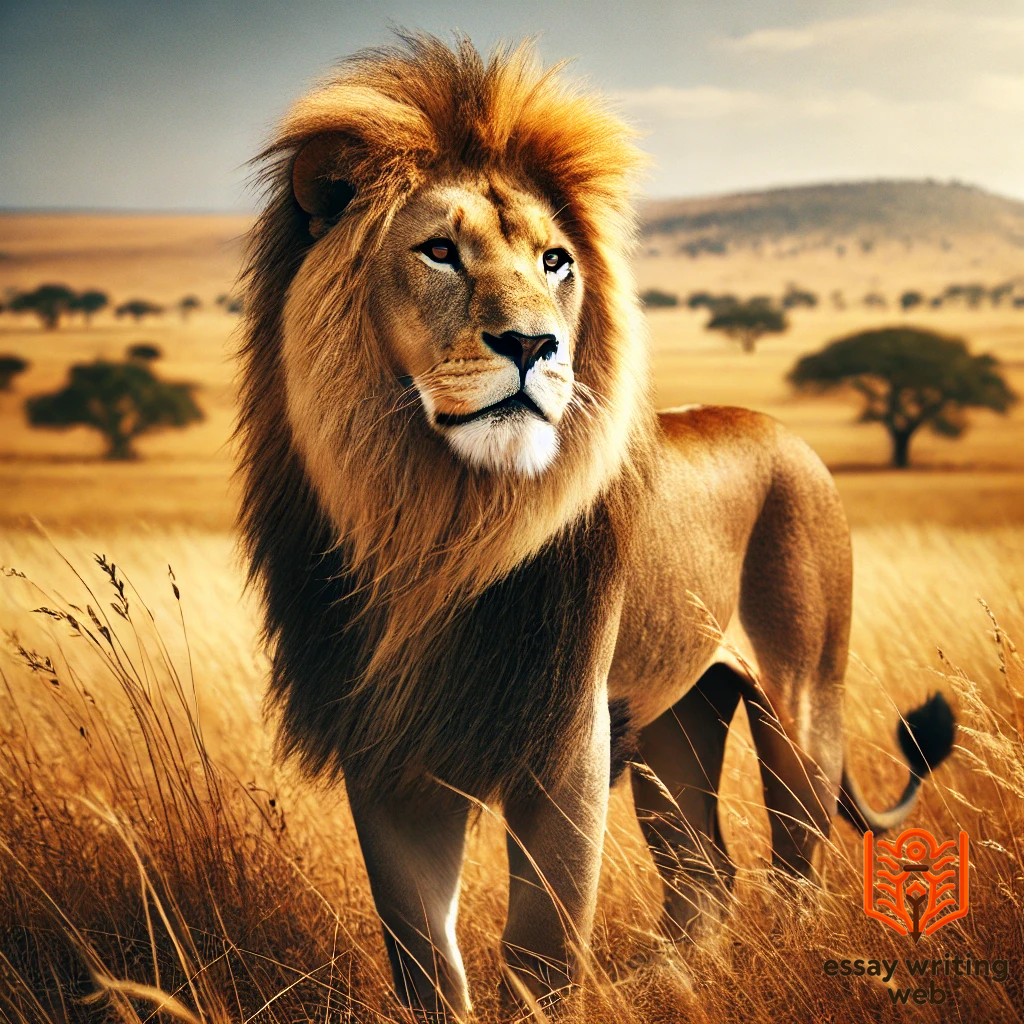
The Asiatic lion, once widespread across the Middle East and parts of Asia, now survives only in the Gir Forest of India. These lions are slightly smaller than their African counterparts, with shorter manes and a fold of skin running along their bellies. Asiatic lions are highly endangered, with conservation efforts focused on preserving their dwindling population. They live in smaller prides and have a more solitary lifestyle compared to African lions.
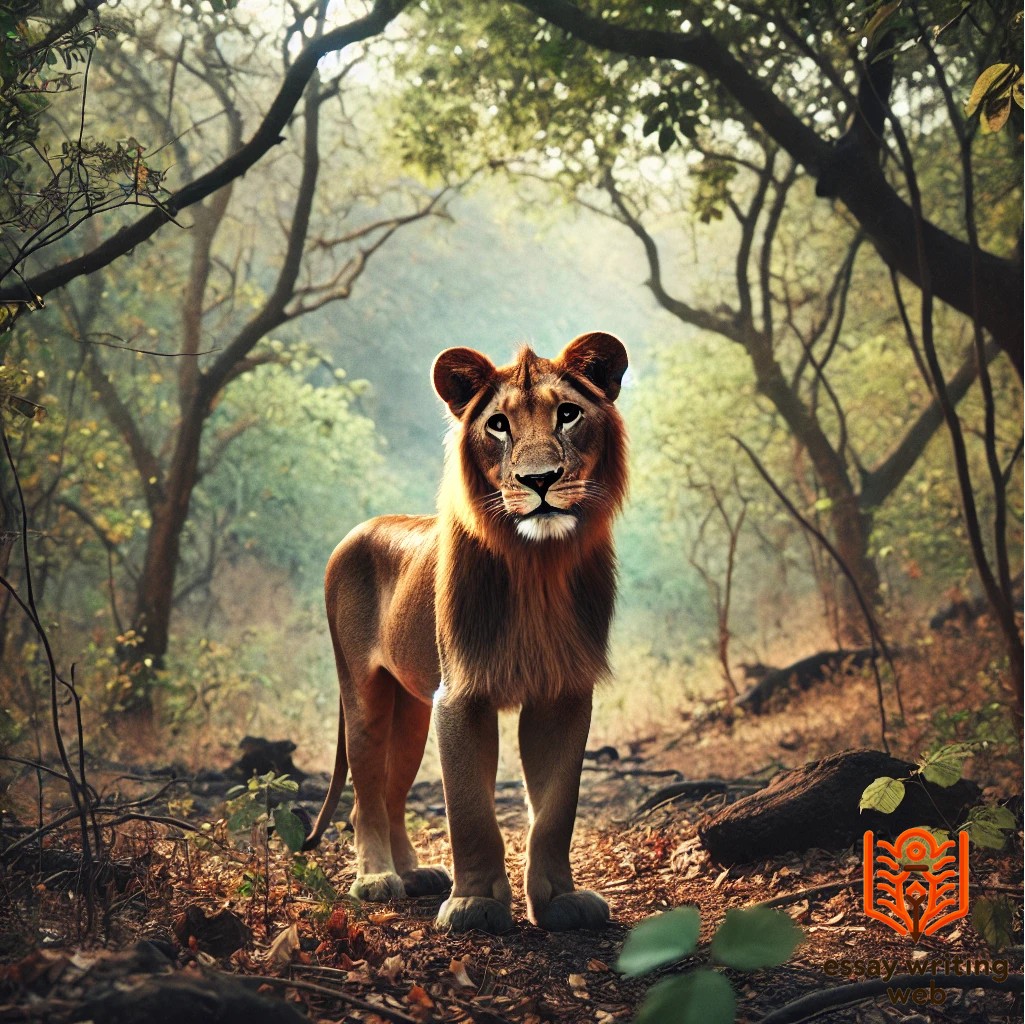
A lesser-known subspecies, the West African lion is critically endangered and primarily found in small regions of West Africa. These lions are genetically distinct from other African lions and tend to be smaller with lighter manes. Due to habitat loss and human-wildlife conflict, their numbers have drastically declined.
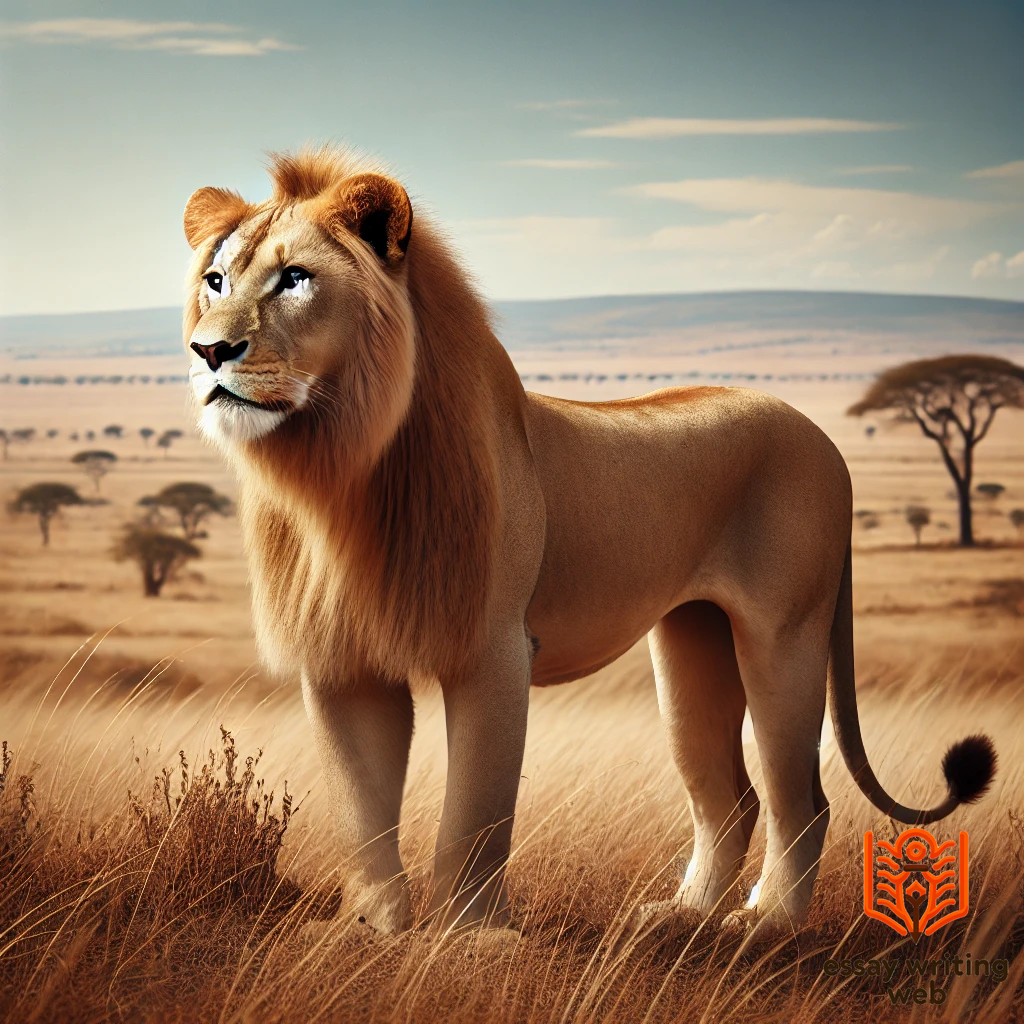
Native to southwestern Africa, particularly in Angola, Zambia, and Namibia, the Katanga lion is known for its large size and light-colored mane. They are among the largest lion subspecies, thriving in the savannah regions of this part of Africa.
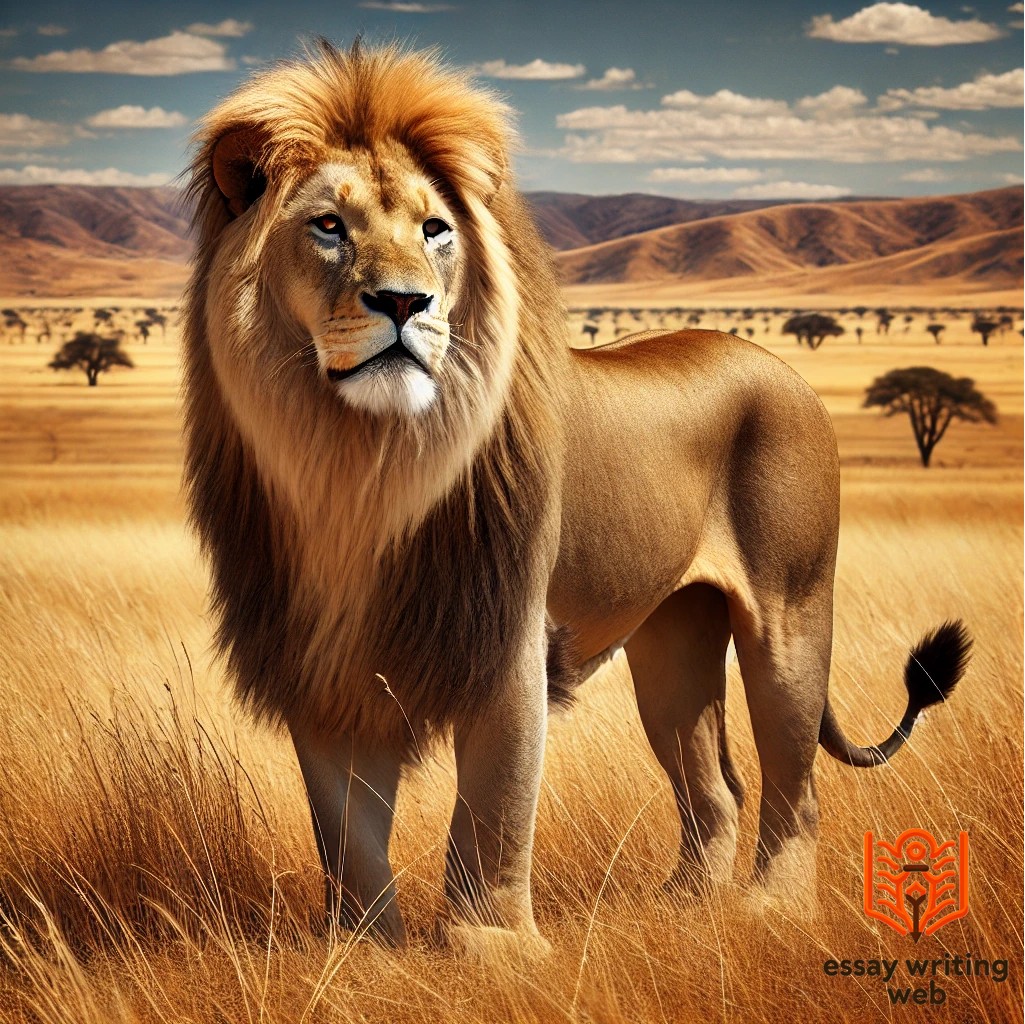
This subspecies is primarily found in South Africa, including famous reserves like Kruger National Park. Transvaal lions are large, with males often having darker, fuller manes. They are a key focus of wildlife conservation efforts due to their importance in the region's ecosystem and tourism industry.
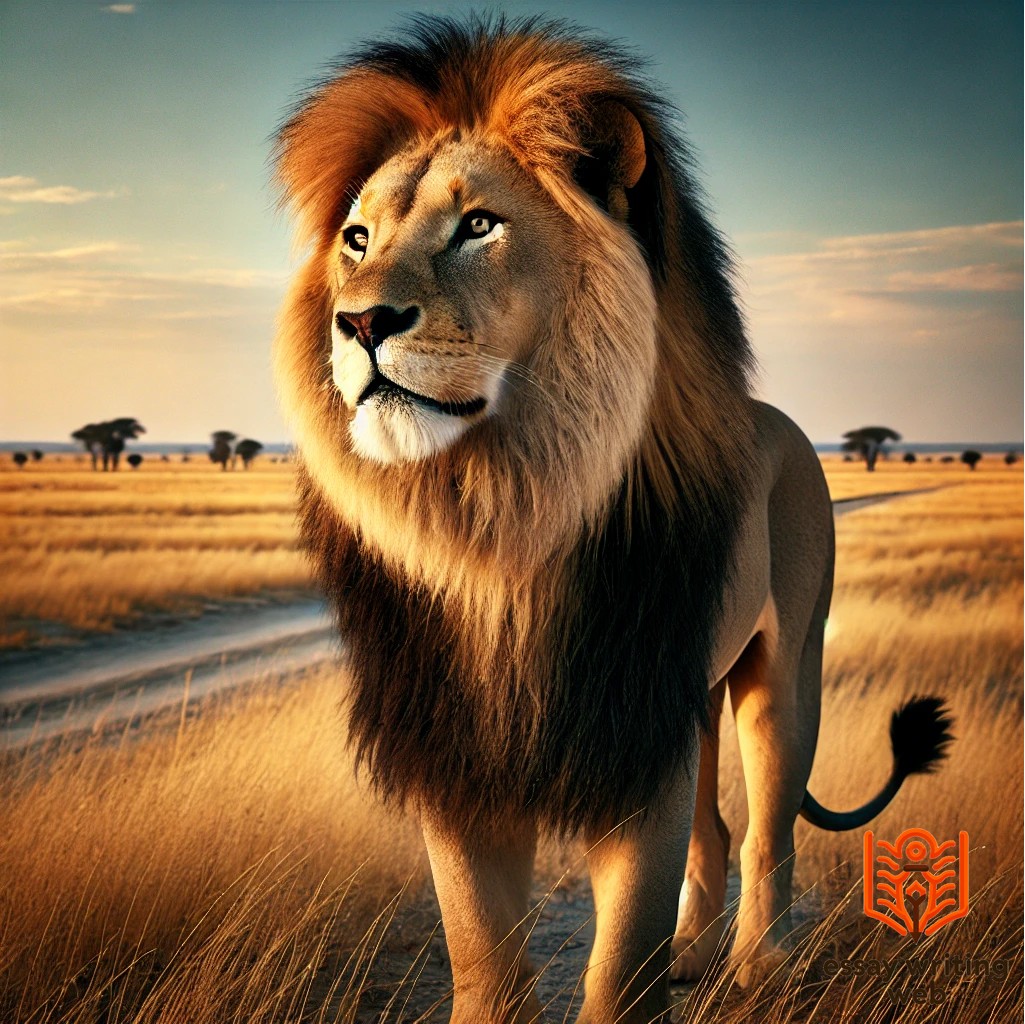
Found in East Africa, particularly in Kenya and Tanzania, the Masai lion has a unique, less full mane that stretches backward, giving them a distinct look. These lions are known for their adaptability, thriving in both savannahs and woodlands.

Lions are unique among big cats due to their highly social nature, living in structured groups called prides. A pride typically consists of related females, their offspring, a small number of adult males. This social organization offers several advantages, including increased hunting success, better protection for cubs, and shared responsibilities within the group.
Female lions are the backbone of the pride, forming stable, lifelong bonds with other females. These lionesses are responsible for hunting, using coordinated strategies to bring down large prey like zebras and buffalo. They share food among pride members, with cubs and dominant males receiving priority. Females also work together to rear cubs, providing protection and care for the young, even nursing cubs that are not their own.
Male lions, typically larger and stronger, have the crucial role of defending the pride’s territory from rival males. Male lions are not permanent members of the pride; they usually remain with a pride for a few years before being displaced by younger, stronger males. During their reign, they father the pride’s cubs and protect the group from outside threats.
The pride system fosters cooperation and strengthens the chances of survival in the wild. By living in groups, lions maximize their efficiency in hunting, reproduction, and defense, ensuring the continuity of their lineage.
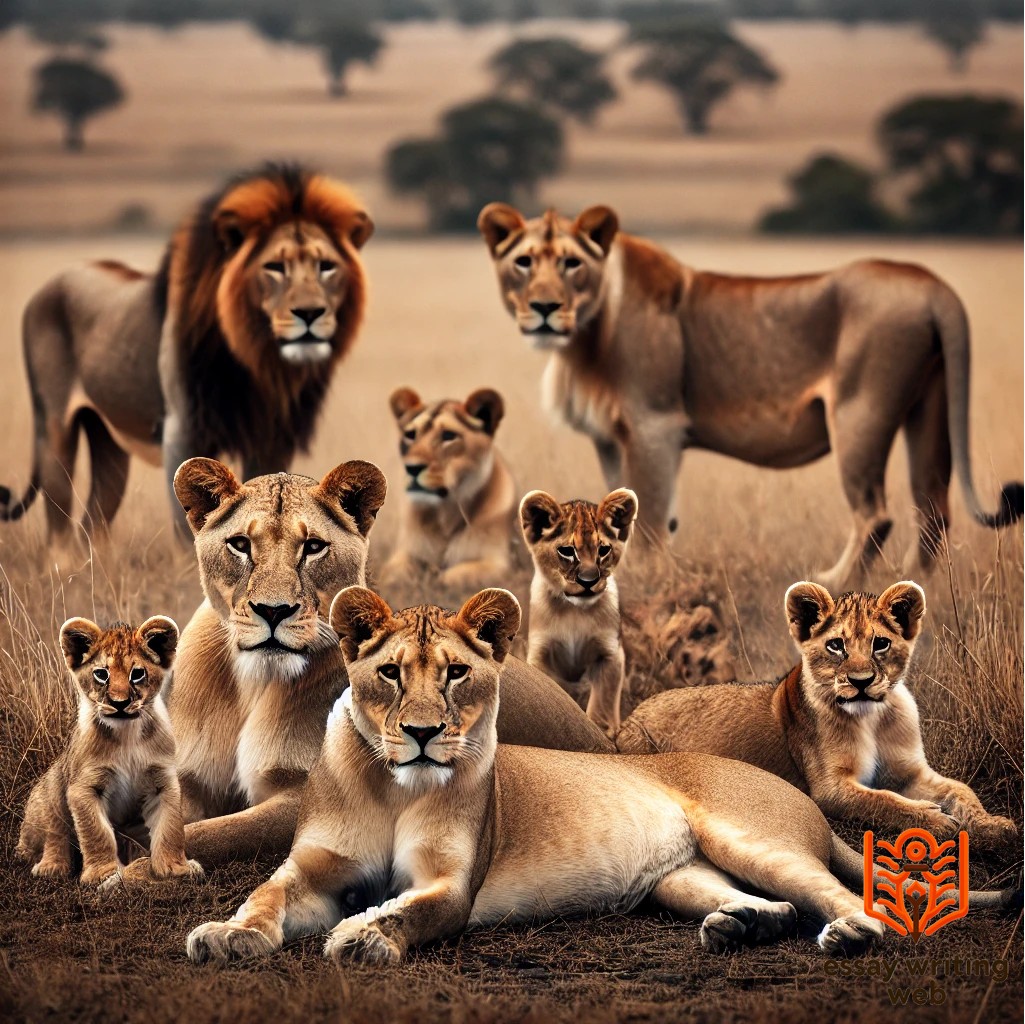
Throughout history, lions have held a prominent place in culture and symbolism across civilizations. Often referred to as the "King of the Jungle," lions symbolize power, courage, and majesty. Their association with royalty and strength has made them enduring symbols in art, literature, religion, and mythology.
In ancient Egypt, lions were revered as guardians and protectors, and the Sphinx, with its lion body and human head, represents strength and wisdom. Similarly, in Greek mythology, the Nemean lion, known for its invulnerable skin, was a symbol of Hercules' strength, as he defeated the beast as one of his twelve labors. Lions also appear in Hinduism and Buddhism, where they are associated with divinity and protection. Lord Vishnu's avatar, Narasimha, takes the form of a half-lion, half-man, symbolizing the protection of good over evil.
In heraldry, lions are commonly used on shields and crests, representing nobility and bravery. European monarchies, such as the British Royal Family, have long used the lion as a symbol of sovereignty. The "Lion of Judah" in Christian and Rastafarian traditions is another powerful representation, symbolizing Jesus Christ's strength and the lineage of King David.
Lions also have a strong presence in modern culture. From literature and films like The Lion King to sports teams adopting the lion as a mascot, these creatures continue to inspire awe and admiration. The lion’s regal nature makes it a universal symbol of leadership, resilience, and strength across cultures, reminding us of their importance both in the natural world and human imagination.
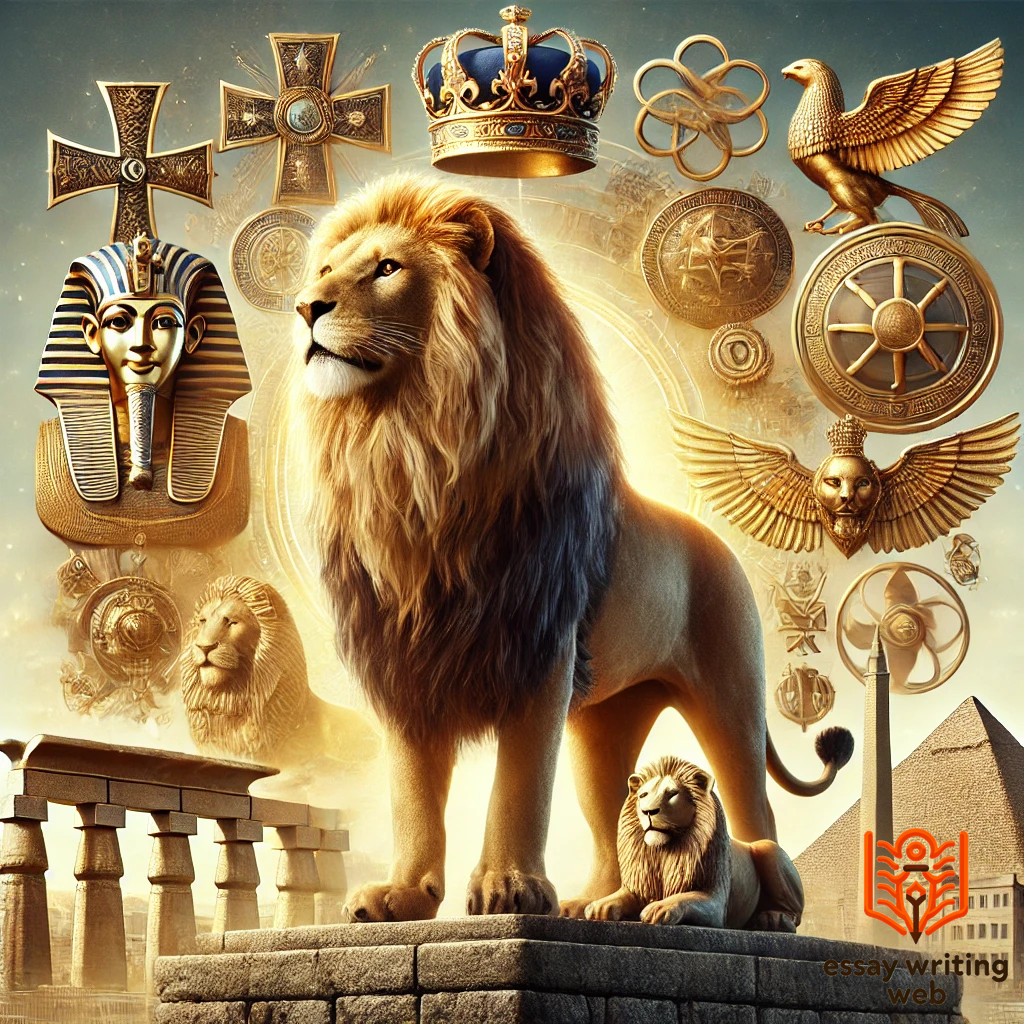
The current population of lions is facing a significant decline, raising concerns about their future survival. Over the past century, the global lion population has decreased by nearly 90%, primarily due to habitat loss, human-wildlife conflict, and poaching. Today, it is estimated that fewer than 20,000 lions remain in the wild, with the majority living in sub-Saharan Africa. This sharp decline has led the International Union for Conservation of Nature (IUCN) to classify lions as a vulnerable species, with certain subspecies, like the West African lion, listed as critically endangered.
The primary reasons for this decline include habitat fragmentation caused by agricultural expansion and urban development, which limits the natural range of lions. Additionally, illegal hunting and poaching, both for trophy hunting and retaliation for livestock predation, continue to threaten lion populations.
Asiatic lions, once widespread across Asia, now survive only in the Gir Forest of India, with an estimated population of around 600 individuals. While conservation efforts have helped stabilize this population, they remain highly vulnerable due to their restricted habitat.
To ensure the survival of lions, it is crucial to implement stronger conservation measures, protect their natural habitats, and reduce human-wildlife conflict through community-based solutions.
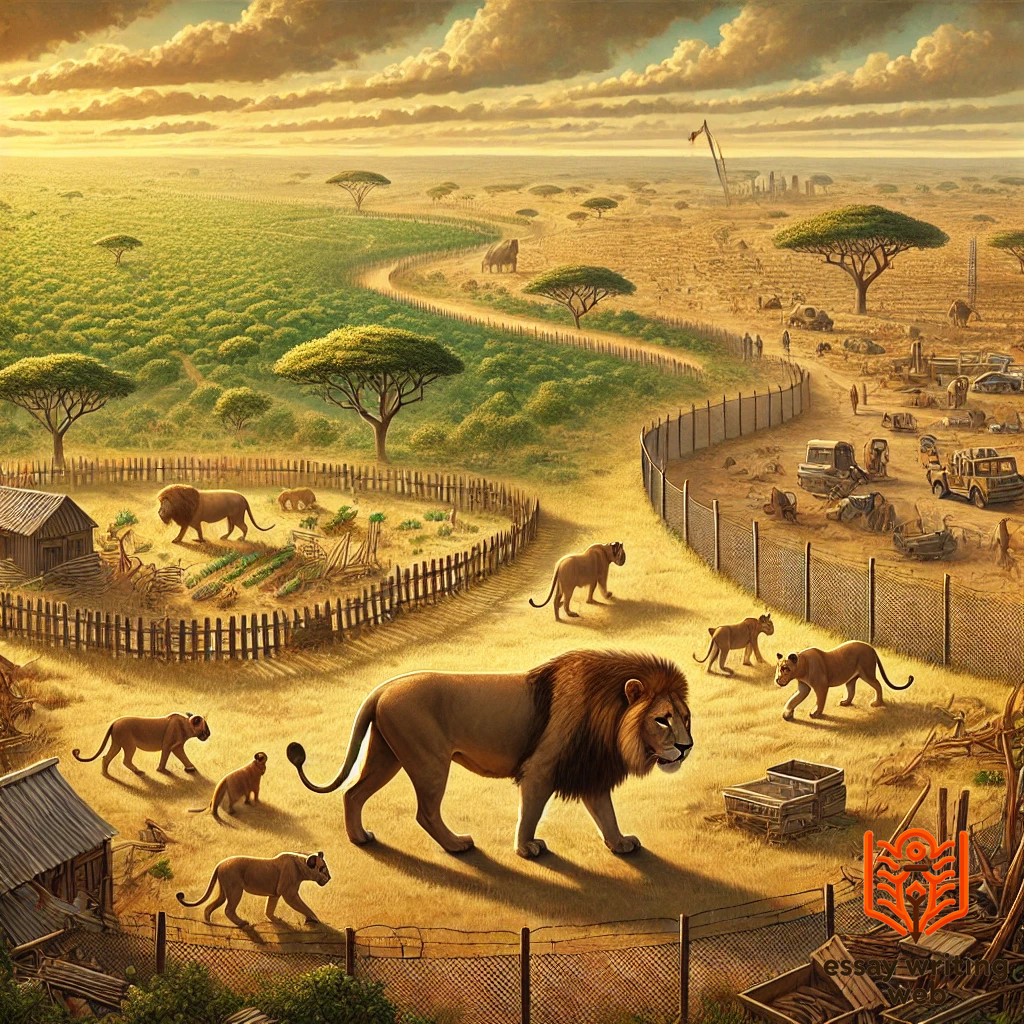
The alarming decline in lion populations has spurred numerous conservation efforts to protect these majestic animals. Key initiatives focus on habitat preservation, reducing human-wildlife conflict, and combating illegal poaching and trophy hunting.
One of the primary strategies for lion conservation is the establishment and expansion of protected areas, such as national parks and wildlife reserves. These areas provide lions with secure habitats, free from human encroachment and agricultural development. Conservation organizations like Panthera and the Lion Recovery Fund are actively working to safeguard lion habitats and connect fragmented ecosystems through wildlife corridors.
Community-based conservation projects have also been vital in protecting lions. By involving local communities in conservation efforts, initiatives such as the Maasai Olympics in Kenya promote coexistence between humans and lions. These programs offer economic incentives to communities that protect lions rather than hunt them, helping to reduce retaliatory killings for livestock predation.
Anti-poaching patrols and stricter regulations on trophy hunting have also played a crucial role. Technology like GPS collars and camera traps helps monitor lion populations and track movements, enabling more effective protection measures.
Through international cooperation and increased awareness, these conservation efforts are gradually helping stabilize lion populations. However, continued focus on habitat restoration, law enforcement, and community engagement is essential to ensure the long-term survival of lions.
